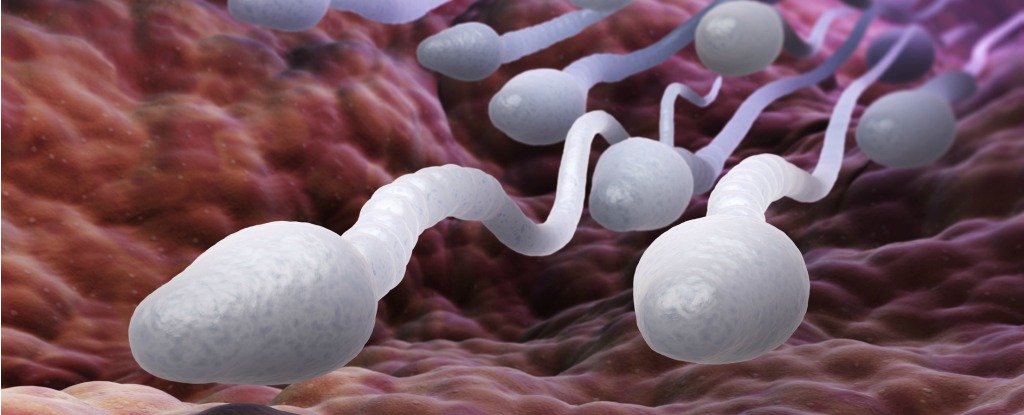Sperm has
been having a tough time lately. The concentration per ejaculate is getting
lower, scientists have created an artificial version that could one day replace
it, and to make matters worse, common household products might affect the
quality of the little guys.
Unfortunately
this new study just adds to the bad news, discovering a completely new sperm
structure, which may be partially responsible for everything from infertility
to miscarriages and birth defects.
If you
remember back to high school biology, you might recall that the centriole is a
structure in the cytoplasm of a cell that helps with cell division.
What the
researchers, from the University of Toledo, found, was that there's a second
extra centriole in sperm, which the researchers call an 'atypical' centriole,
and this guy has a number of weird properties.
To start
with, although they have the same function, these two centrioles look very
different.
"Abnormalities in the formation and function of the atypical centriole may be the root of infertility of unknown cause in couples who have no treatment options available to them," Tomer Avidor-Reiss, from Toledo's Department of Biological Sciences, said in a press release.
"It also may have a role in early pregnancy loss and embryo development defects."
You need two
centrioles to make the working centrosome, and until now it was thought that
the sperm provided one centriole to the egg, and then duplicated itself.
"Since
the mother's egg does not provide centrioles, and the father's sperm possesses
only one recognisable centriole, we wanted to know where the second centriole
in zygotes comes from," Avidor-Reiss said.
"It was
overlooked in the past because it's completely different from the known
centriole in terms of structure and protein composition."
But, instead
of being duplicated the second centriole actually is there all along, but it
looked weird enough that scientists didn't notice.
The atypical
centriole contains a small set of the full complement of proteins, which allows
it to create a full and functional centriole after fertilisation.
But does
this one structure cause all of those fertility issues? Well, we can't get too
ahead of ourselves just yet.
This extra
centriole gives scientists a new avenue to explore when other, known problems can't
explain infertility, miscarriages and birth defects - but it definitely doesn't
mean this atypical centriole is always to blame.
"We are
working with the Urology Department at The University of Toledo Medical Center
to study the clinical implications of the atypical centriole to figure out if
it's associated with infertility and what kind of infertility,"
Avidor-Reiss said.
The research
has been published in Nature Communications.


zgdgdgdg
ReplyDeleteI like to read such articles and to search for them I use typicalstudent
ReplyDelete